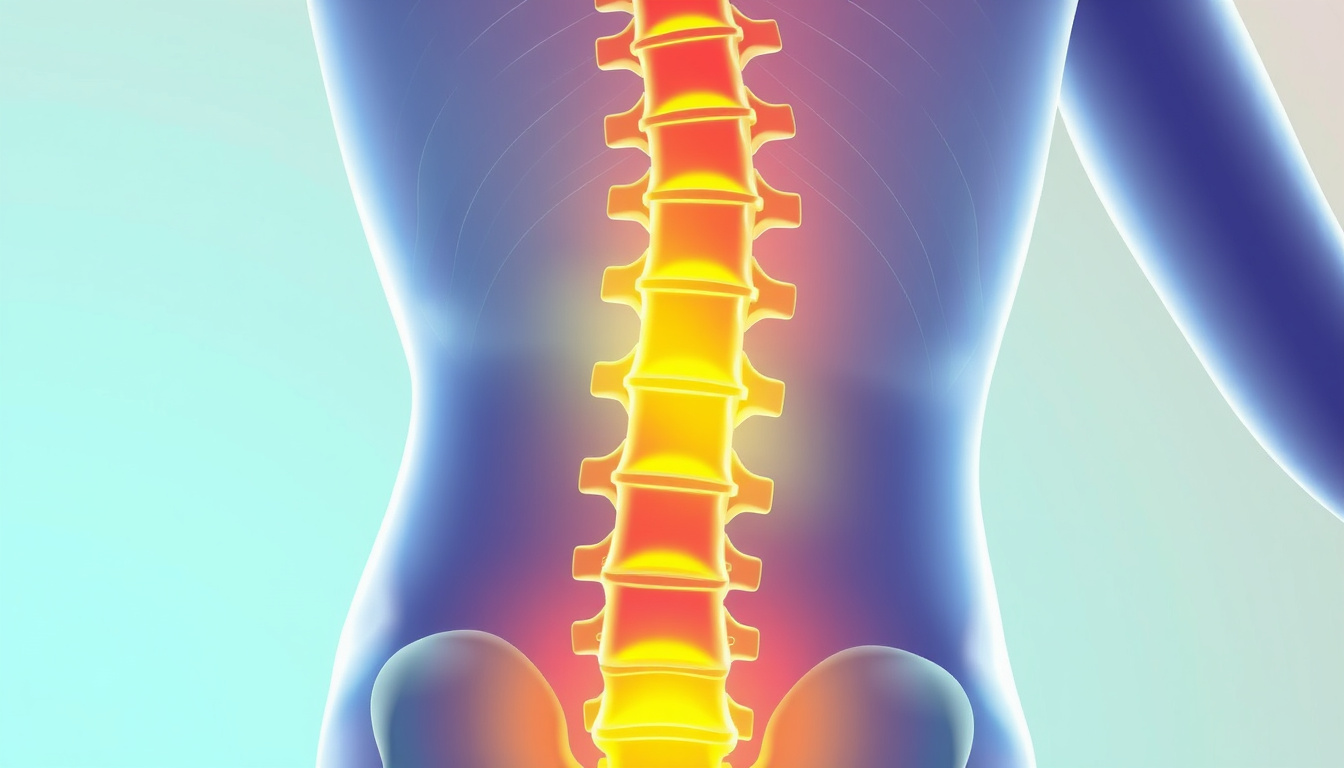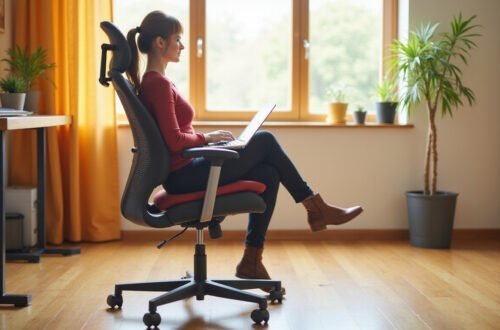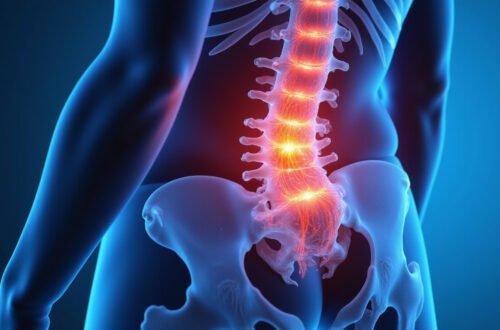Lower back pain is one of the most common ailments affecting millions worldwide. Whether caused by injury, poor posture, or prolonged sitting, it can significantly impact daily life and productivity. Finding effective lower back pain relief quickly is essential to returning to normal activities and improving quality of life. In this article, we will explore proven strategies to alleviate lower back discomfort fast, offering practical advice backed by science and expert recommendations.
Understanding Lower Back Pain
Before diving into relief techniques, it’s important to understand what causes lower back pain. The lower back, or lumbar region, comprises bones, muscles, ligaments, nerves, and discs. Pain can stem from various issues such as muscle strain, herniated discs, arthritis, or poor spinal alignment. Knowing the root cause of your pain can help tailor the most effective treatment.
Immediate Lower Back Pain Relief Techniques
When you first experience lower back pain, some quick relief methods can make a significant difference:
1. Apply Ice and Heat Therapy
Ice helps reduce inflammation and swelling within the first 24 to 48 hours of an injury. After that, heat therapy can relax muscles and increase blood flow to the area. Alternate between applying an ice pack for 15-20 minutes and a heating pad for the same duration to maximize relief.
2. Over-the-Counter Pain Medications
Nonsteroidal anti-inflammatory drugs (NSAIDs), such as ibuprofen or naproxen, can reduce pain and inflammation. Always follow dosing instructions and consult with a healthcare provider if you have any contraindications.
3. Gentle Stretching and Movement
Although bed rest was once recommended, moving gently can accelerate healing. Simple stretches that target the lower back and hamstrings can reduce muscle tension and stiffness.
Long-Term Strategies for Lower Back Pain Relief
For sustained relief and prevention of future episodes, consider the following comprehensive approaches:
Correct Poor Posture
Maintaining good posture when standing, sitting, or lifting is crucial. Slouching or hunching causes undue stress on the lumbar spine. Ergonomic chairs and adjustable desks can promote better alignment during work.
Strengthen Core and Back Muscles
Weak core muscles contribute to back pain by providing inadequate support to the spine. Incorporate exercises like planks, bridges, and abdominal crunches into your routine to build strength.
Maintain a Healthy Weight
Excess weight places additional strain on the lower back. A balanced diet and regular physical activity can help manage weight, reducing pressure on spinal structures.
Physical Therapy and Professional Care
Consulting a physical therapist can provide individualized exercises and treatments such as manual therapy, ultrasound, or electrical stimulation. For severe cases, medical interventions may be necessary.
Effective Home Remedies for Lower Back Pain Relief
Many people prefer to start with natural or home-based treatments for lower back pain. Here’s a list of some accessible remedies:
- Topical Analgesics: Creams containing menthol or capsaicin can provide temporary pain relief through local nerve desensitization.
- Massage Therapy: Helps improve circulation and reduce muscle tightness.
- Mindfulness and Relaxation Techniques: Stress can exacerbate pain; techniques such as meditation, deep breathing, and yoga can help manage discomfort.
- Maintain Regular Moderate Exercise: Activities like walking or swimming promote blood flow without aggravating pain.
When to Seek Medical Attention
While many cases of lower back pain improve with self-care, certain symptoms warrant immediate medical evaluation:
- Pain lasting more than six weeks
- Severe pain unresponsive to remedies
- Numbness or weakness in the legs
- Loss of bladder or bowel control
- History of trauma or injury to the back
Early diagnosis can prevent complications and identify serious underlying conditions.

FAQ About Lower Back Pain Relief
Q1: What are the best exercises for lower back pain relief?
A1: Exercises focusing on core strengthening, such as planks and pelvic tilts, alongside gentle stretches like the child’s pose or hamstring stretches, are excellent. Always start slow and consult a physical therapist if unsure.
Q2: Can lower back pain relief be achieved naturally without medication?
A2: Yes, many natural methods such as heat therapy, massage, stretching, and mindfulness have proven effective for lower back pain relief, especially when combined with lifestyle changes.
Q3: How quickly should lower back pain improve with treatment?
A3: Acute lower back pain often improves within a few days to weeks with proper treatment. If pain persists beyond six weeks or worsens, it’s important to seek professional evaluation.
Authoritative Insight on Lower Back Pain Management
According to the American College of Physicians, non-pharmacologic treatments, including heat therapy, exercise, and acupuncture, are recommended as first-line treatment for acute and subacute lower back pain before resorting to medications (source).
Conclusion: Take Control of Your Lower Back Pain Today
Lower back pain doesn’t have to control your life. By implementing a combination of immediate relief tactics, long-term lifestyle changes, and professional guidance when needed, you can effectively alleviate pain and prevent future issues. Start with simple steps like applying heat or ice, stretching gently, and correcting posture. If your symptoms persist, seek expert advice. Don’t let lower back pain hold you back—take charge now and reclaim your comfort and mobility!






